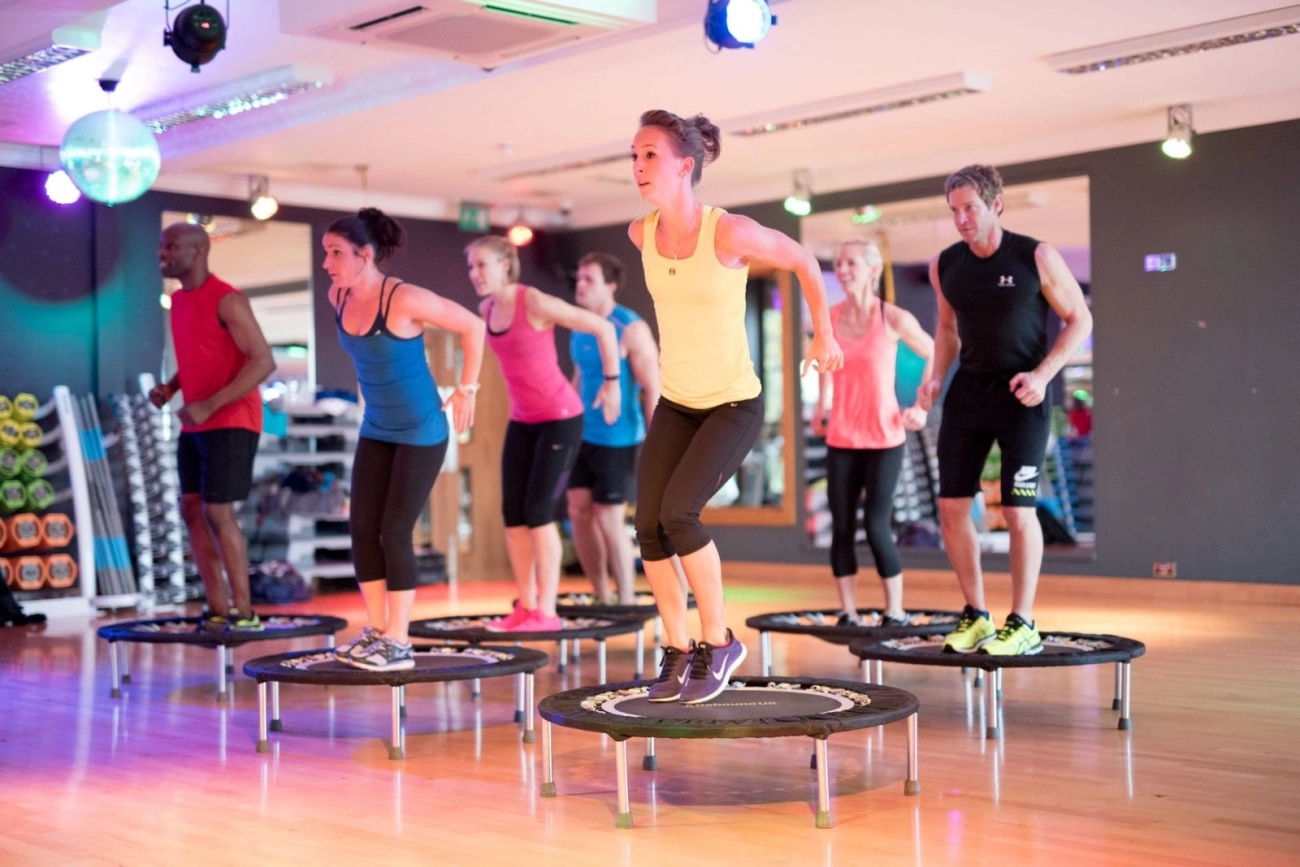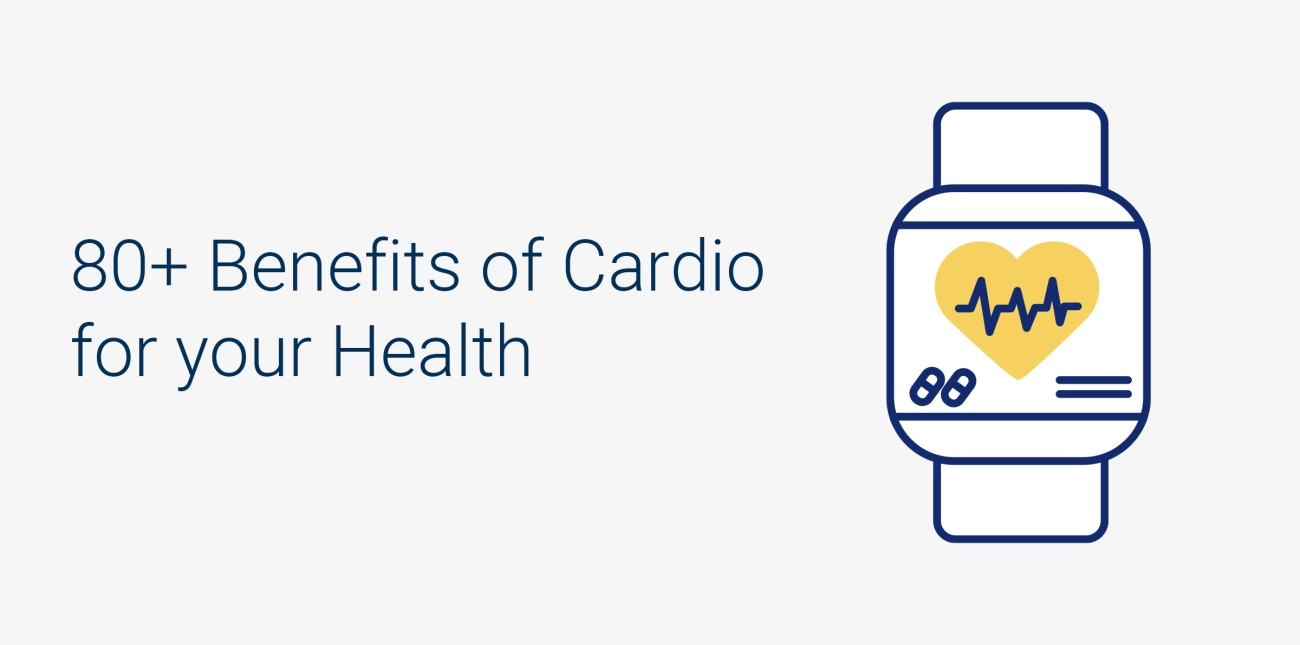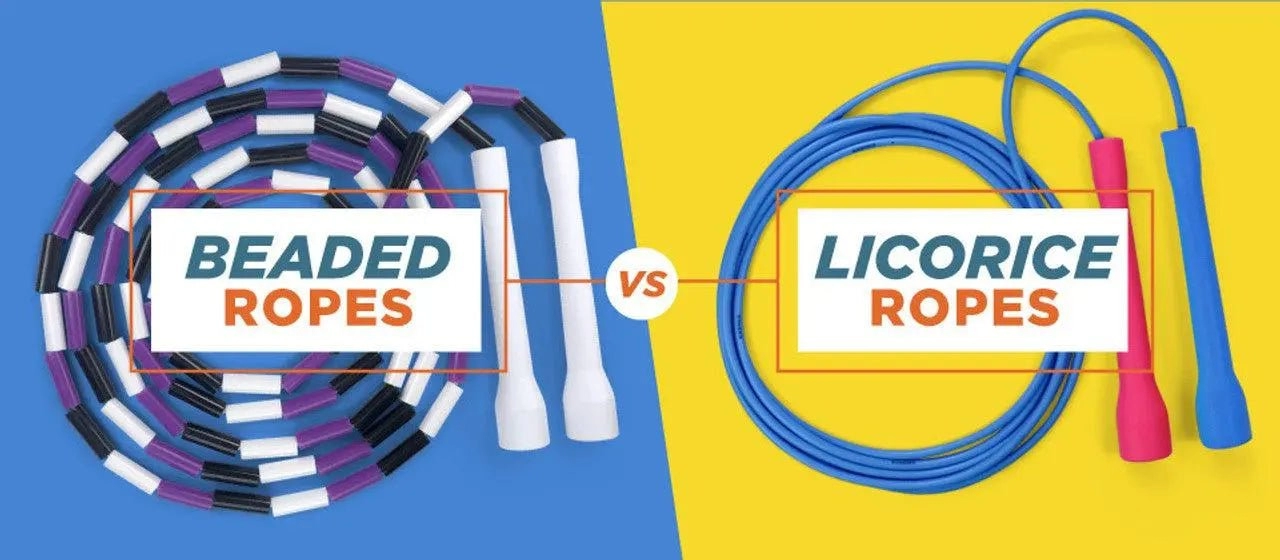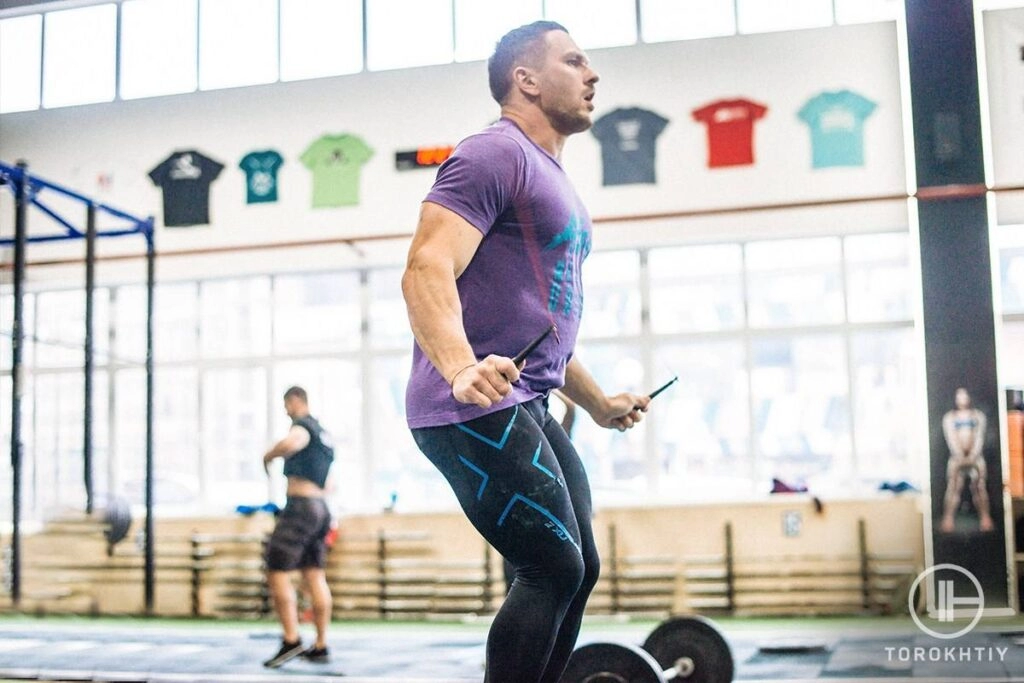Are you torn between jump rope and rebounding for your next cardio workout? Choosing the right exercise can supercharge your fitness journey, whether you’re aiming for weight loss, better endurance, or a fun way to stay active. As experts in high-quality PVC jump ropes, we’ve seen firsthand how the right gear can transform your routine. In this guide, we’ll break down the jump rope vs rebounding debate, comparing benefits, calorie burn, joint impact, and more to help you pick the perfect fit for your goals. Let’s jump in!
What is Jump Rope Equipment and Common Workout Formats
Jump rope is a classic, high-intensity cardio exercise involving a rope that you swing over your head and under your feet to jump repeatedly. It’s a simple, effective workout that improves cardiovascular health, coordination, agility, and endurance. Often favored for its portability and convenience, jump rope workouts can be done almost anywhere, from home to gyms or outdoor spaces.
Equipment Needed for Jump Rope
The primary equipment needed is a jump rope, typically made from materials like PVC, leather, or beaded designs. For fitness purposes, PVC jump ropes are very popular due to their durability, light weight, and ability to spin quickly, making them ideal for fat-burning workouts and speed training.
Additional optional gear can include:
- Comfortable athletic shoes with good shock absorption
- Fitness apparel allowing free movement
- A flat, non-slip surface to jump on
For those interested in purchasing quality jump ropes or OEM/ODM options, brands often offer customized and bulk orders for both beginners and advanced users, enabling a tailored experience for all fitness levels. Learn more about our range of PVC jump ropes available for wholesale here.
Common Jump Rope Workout Formats
Jump rope workouts come in various formats that suit different fitness goals. Some popular types include:
- Steady-State Jumping: Maintaining a consistent pace to build endurance and cardiovascular strength.
- Interval Training (HIIT): Alternating between high-speed jumping and recovery periods to maximize calorie burn and enhance metabolic rate.
- Jump Rope Tricks: Incorporating criss-crosses, double-unders, and footwork patterns to improve coordination and add variety.
- Timed Sessions: Using timed rounds (e.g., 30 seconds on, 15 seconds rest) common in circuit training or boxing conditioning.
Because jump rope workouts engage multiple muscle groups and challenge both cardiovascular capacity and rhythm, they offer a highly efficient calorie burn in short sessions, making them excellent for weight loss and fitness improvement.
This flexible and low-equipment setup encourages regular use and adaptability across all fitness levels, from beginners to advanced athletes looking to boost speed and agility.
For tips on how to measure the right jump rope length or understand the muscle engagement involved, explore these helpful guides:
Next, we’ll explore what rebounding entails and how its equipment and workout styles compare to jumping rope.
What is Rebounding Equipment Needed Typical Workouts and Use Cases

Rebounding involves exercising on a small, sturdy mini trampoline designed for low-impact cardio. Unlike jumping rope, which requires quick foot movement, rebounding focuses on gentle bouncing that keeps your feet on or close to the trampoline surface.
Equipment Needed for Rebounding
- Mini trampoline (rebounder): The essential piece of equipment is a rebounder, typically 36 to 48 inches in diameter. These are made with durable frames and strong stretched fabric surfaces designed to absorb impact and provide bounce.
- Optional accessories: Some users add a stability bar for balance, especially beginners or seniors, but it’s not mandatory.
Mini trampolines are compact, often foldable, and built for indoor use, making them practical for home workouts.
Typical Rebounding Workouts
Rebounding workouts vary from gentle routines to more vigorous sessions, with options including:
- Basic bounce: Light, rhythmic bouncing staying low to the trampoline—great for warm-ups and joint-friendly cardio.
- Interval training: Alternating between fast, high bounces and slower, steady ones to boost cardiovascular fitness.
- Strength and balance drills: Involves movements like squats or side-to-side steps on the rebounder to engage muscles and improve coordination.
- Dance or choreography workouts: Adding rhythm and body movement on the trampoline for a fun cardio session.
- Low-impact cardio: Perfect for those needing a softer alternative to running or jumping rope but wanting to keep their heart rate up.
Use Cases for Rebounding
- Seniors and beginners: Because it reduces stress on joints, rebounding is often recommended for older adults or anyone recovering from injury.
- Weight loss and cardio improvement: The constant small jumps are effective for calorie burn while being gentle.
- Balance and lymphatic health: Rebounding stimulates the lymphatic system and helps improve balance and coordination.
- At-home fitness: Compact size makes it convenient for daily use in smaller spaces.
rebounding is a versatile, joint-friendly cardio option that suits a wide range of fitness levels and goals, especially those looking for lower impact workouts without sacrificing effectiveness.
Health Benefits Comparison of Jump Rope vs Rebounding

When looking at jump rope benefits vs rebounding, both offer solid health perks, but they differ in some key ways. Here’s a closer look at how each impacts cardiovascular health, muscle tone, bone density, balance, and mental wellness.
Cardiovascular Benefits
Both jump rope and rebounding are excellent cardio workouts that get your heart rate up quickly.
- Jump rope tends to be a higher-intensity workout, pushing your heart rate more rapidly. This makes it fantastic for boosting endurance and improving overall cardiovascular fitness in a shorter time.
- Rebounding provides a lower-impact cardio session that’s easier to maintain for longer periods, making it suitable for steady-state cardio and helping build heart health without excessive strain.
Muscle Engagement and Toning Differences
Both workouts engage various muscle groups but in slightly different ways:
- Jump rope primarily targets the calves, quads, hamstrings, shoulders, and forearms, giving you a full-body workout with an emphasis on fast, repetitive movements. It’s great for muscle toning and improving coordination.
- Rebounding activates the legs, core, and glutes through gentle bouncing and balance work. The constant micro-movements help tone muscles more subtly while improving stability and endurance.
Impact on Bone Density and Balance
Bone health and balance are important, especially as we age:
- Jump rope is a high-impact activity, which can help strengthen bones through repetitive load-bearing movements. This impact promotes bone density but may not suit everyone, especially those with joint concerns.
- Rebounding offers a gentler form of impact. The mini trampoline absorbs much of the shock while still stimulating bone growth. It’s also excellent for improving balance and proprioception due to the unstable surface challenging your core and stabilizer muscles.
Mental Health and Stress Relief
Both workouts contribute positively to mental wellness but in different ways:
- Jump rope demands focus and rhythm, which can help improve concentration and boost mood through a quick endorphin release. It’s ideal if you want a fast-paced, engaging stress buster.
- Rebounding provides a rhythmic, low-impact movement that often feels meditative. It reduces stress by promoting lymphatic drainage and increasing oxygen flow, which is calming and refreshing.
In , if you want a high-intensity cardio workout with strong muscle toning and bone-strengthening benefits, jump rope might be your best bet. If you prefer a gentler cardio option that supports joint health, balance, and stress relief, rebounding stands out. Both are valuable additions to a fitness routine depending on individual needs and goals.
Calorie Burn and Weight Loss Potential Jump Rope vs Rebounding
When comparing calorie burn jumping rope vs rebounding, both are excellent for weight loss and boosting metabolism, but they differ in intensity and duration.
Estimated Calories Burned Per Session
-
Jump Rope: Known for its high-intensity cardio, jumping rope can burn roughly 10-16 calories per minute depending on your weight and speed. A 30-minute session can torch between 300 to 480 calories, making it one of the most efficient fat-burning exercises. For example, a quick-paced jump rope workout packed with intervals can boost calorie burn significantly.
-
Rebounding: While rebounding is lower impact, it still provides good calorie burn, ranging between 5-10 calories per minute. So, a typical 30-minute rebounding workout can burn approximately 150 to 300 calories. It’s great for steady fat burning and sustaining a moderate metabolism boost throughout the day.
Effectiveness for Fat Loss and Metabolism Boosting
-
Jump rope is ideal if your primary goal is fast fat loss and high metabolism boosting. Its intense bursts elevate your heart rate quickly and keep your metabolism revved after workouts, a key for burning fat more efficiently.
-
Rebounding is well-suited for consistent fat loss with less stress on your joints, making it easier to stick with over time. It helps moderately increase your metabolic rate and also improves lymphatic circulation, which supports overall body detox and weight management.
Bottom Line for Weight Loss
- Jump rope offers a more intense calorie burn, perfect if you want quick results and can handle high-impact moves.
- Rebounding provides a gentler but effective calorie burn option, great for longer sessions and joint-friendly fat loss.
If you’re curious about exact calorie counts tailored to your workout, check out this handy jump rope calorie calculator for more precise estimates.
Both options can fit your weight loss plan well, but your choice depends on your fitness level, joint health, and workout preferences.
Impact on Joints and Injury Risk Jump Rope vs Rebounding
When choosing between jump rope and rebounding, one major factor is how each exercise affects your joints and risk of injury. Understanding the difference can help you pick the best workout for your body type and fitness level.
Low vs High Impact Cardio Exercises
- Jump Rope is a higher-impact activity. Each time your feet hit the ground, there’s a sharp, repetitive force traveling through your ankles, knees, and hips. This can be tough on joints, especially if you have previous injuries or conditions like arthritis.
- Rebounding on a mini trampoline offers a low-impact workout. The trampoline surface cushions your landings, reducing stress on joints while still providing an effective cardio and strength workout. This makes it ideal for low impact cardio exercises.
Suitability for Beginners
- Jump rope can be challenging at first. It requires coordination and a decent baseline level of balance and strength. Beginners might experience soreness or joint discomfort until they build muscle support and technique.
- Rebounding is usually easier to start with. The softer surface and steady rhythm allow beginners to move at their own pace, making it accessible for all fitness levels.
Seniors and Joint Problems
- For seniors or those with joint issues, rebounding is generally safer. The gentle bounce improves circulation, balance, and bone health without harsh impact.
- Jump rope may increase injury risk in these groups due to the high-impact jumps, but modified versions with slower pace and softer landings can still be possible with proper guidance.
Injury Risk and Precautions
- With jump rope, risks include ankle sprains, shin splints, and joint pain from repetitive high impact if form or surface is poor.
- With rebounding, injuries are rarer but can include falls or missteps if balance is lost. Good shoes and holding on to side rails (if available) help minimize risk.
- Jump rope = higher impact, greater joint stress, best for those with strong joints and good coordination.
- Rebounding = low impact, joint-friendly, ideal for beginners, seniors, and people with joint problems.
Choosing the right workout depends on your joint health, fitness level, and goals. If joint care is a priority, rebounding offers a safer, effective cardio option without compromising on exercise benefits.
Convenience and Space Requirements for Jump Rope Versus Rebounding
When deciding between a PVC jump rope and a mini trampoline for rebounding, convenience and space play a big role, especially for home workouts in the U.S. where space can be limited.
Portability and Storage
-
Jump Rope
- Extremely compact and lightweight.
- You can easily roll up a PVC jump rope and toss it in a gym bag or drawer.
- Perfect for workouts on the go—whether at home, a park, or even your office.
- No special space needed; you just need enough clearance for swinging the rope safely.
-
Mini Trampoline
- Bulkier and less portable.
- While some rebounders are foldable, they still require dedicated floor space when in use.
- Storage demands are higher as you’ll need to find room for it when not working out.
- Better suited for a home gym or a fixed workout space.
Ideal Settings for Jump Rope and Rebounding
-
PVC Jump Rope
- Best for those who want a space-saving, on-the-move cardio option.
- Fits well in small apartments, dorm rooms, or even outdoor spaces with enough overhead clearance.
- Great for quick sessions and varied workout formats ranging from HIIT to endurance training.
-
Rebounding Workouts
- Ideal if you have a dedicated area in your home.
- Works well indoors on flat surfaces, providing a steady platform for low-impact cardio.
- Preferred for users who want a joint-friendly workout with balance and coordination benefits without worrying about height clearance or swinging space.
Bottom Line on Space and Convenience
- If you’re tight on space or need portable, easy storage equipment, a PVC jump rope is the clear winner.
- If you prioritize stability, low-impact joint care, and balance training, and have room to spare, investing in a mini trampoline makes more sense.
Both can fit into a U.S. household lifestyle, but knowing your space and mobility needs will help you pick the right one.
Cost and Equipment Investment for Jump Rope vs Rebounding

When comparing jump rope vs rebounding, one important factor is the initial cost and what you get in terms of durability and maintenance.
Price Range
-
PVC Jump Ropes are typically very affordable. You can find quality PVC jump ropes ranging from $10 to $30. Heavy PVC jump ropes and freestyle ropes might land on the higher end, but they generally remain budget-friendly. For example, check out our durable options like the heavy PVC jump rope for a solid investment without breaking the bank.
-
Mini Trampolines for Rebounding usually cost more, typically between $50 and $150 depending on size, quality, and brand. Higher-end rebounders can go beyond this range, especially those designed with more advanced springs and sturdier frames for intense workouts.
Durability and Maintenance
-
Jump Ropes are usually low maintenance. PVC ropes resist wear well and handle indoor and outdoor use. They don’t need any special care besides occasional cleaning and avoiding sharp surfaces. Their portability means you can replace them easily if worn out or damaged without much fuss.
-
Rebounding Equipment requires more upkeep. The mini trampoline’s springs and mat surface can wear out over time, especially with frequent, high-impact use. Maintenance involves checking the frame for rust, tension in springs, and replacing worn mats, which can add ongoing costs.
- Jump ropes offer a low-cost, durable, and easy-to-maintain solution—perfect if you’re budget-conscious or want a portable option.
- Rebounding requires a higher upfront investment and occasional upkeep, but provides a more cushioned workout surface.
Choosing between them often comes down to your budget and how much effort you want to spend on equipment care.
For more on finding the right jump rope and its benefits, visit our shop page.
Fun Factor and Motivation in Jump Rope vs Rebounding Workouts
When it comes to staying motivated and enjoying your workout, fun factor and variety play a huge role. Let’s break down how jump rope and rebounding stack up in terms of engagement, boredom, and workout versatility.
User Engagement and Boredom Factor
Jump rope workouts are high-energy and fast-paced, which keeps many people pumped up and focused. The variety of moves you can do—from basic jumps to crossovers and speed jumps—makes it hard to get bored. Plus, progress is easy to track: improving your jump speed or mastering new tricks keeps motivation high. However, some may find jump rope repetitive after a while, especially if sticking to basic routines.
Rebounding workouts on a mini trampoline offer a different type of fun. The gentle bouncing can feel like play, making it a refreshing break from traditional workouts. The variety is also strong here—users can do simple cardio bounces, dance-inspired moves, or even strength exercises while on the rebounder. Because it’s low impact, it appeals to a wide age range and keeps boredom low by mixing up intensity and movements.
Versatility in Solo and Group Settings
-
Jump Rope is perfect for solo training but also shines in group classes like boxing or HIIT circuits, where rhythm and timing add a social and competitive element. It’s easy to bring a jump rope anywhere, making it great for quick, focused sessions alone or in a gym environment with others.
-
Rebounding fits well both in solo mindfulness or low-impact cardio sessions and in group fitness classes focused on fun, low-impact movement. Group rebounding workouts often include upbeat music and choreography, adding a social and motivating vibe that’s different from jump rope’s intensity.
- Jump rope offers high-intensity, skill-driven fun with endless progression in solo or group workouts but might feel repetitive without variation.
- Rebounding provides a low-impact, playful workout suited for all fitness levels, with engaging group classes and low boredom risk.
Choosing between the two depends on your style—if you like fast, skill-focused cardio, jump rope keeps you engaged. If you prefer gentle, rhythmic movement with social energy, rebounding delivers motivation and enjoyment.
For those interested in jump rope, check out our heavy PVC jump rope options designed for durability and smooth performance.
Which One Should You Choose Jump Rope vs Rebounding
When deciding between jump rope vs rebounding, it really boils down to your personal goals, fitness level, and what kind of workout experience you prefer. Both offer solid cardio benefits but differ in impact, muscle engagement, and convenience.
Pros and Cons
| Feature | Jump Rope | Rebounding (Mini Trampoline) |
|---|---|---|
| Cardio Intensity | High intensity, burns more calories faster | Moderate cardio, gentler on the heart |
| Impact Level | Higher impact, more stress on joints | Low impact, joint-friendly |
| Muscle Engagement | Focus on calves, legs, arms, core | Full-body engagement including balance muscles |
| Calorie Burn | ~10-16 calories/minute (depends on speed) | ~8-12 calories/minute |
| Portability | Extremely portable, lightweight | Bulky, less portable |
| Cost | Low cost, PVC ropes as affordable as $10-$30 | More expensive, mini trampolines range $80-$150+ |
| Space Needed | Very little space needed | Requires dedicated space to bounce safely |
| Suitability | Best for those without joint problems, intermediate to advanced | Great for beginners, seniors, people with joint issues |
| Fun Factor | Versatile, fast-paced, addictive | Gentle, low boredom, fun for all ages |
Recommendations Based on User Goals
If you want high-intensity calorie burn and are okay with higher impact:
- Choose jump rope. It’s excellent if you want quick, effective workouts with easy equipment and minimal space.
- Perfect for weight loss, improving coordination, and high-paced interval training.
- If you’re a serious athlete or want to boost cardio fast, PVC jump ropes provide great durability and smooth rotation to maximize your sessions. Check out our adjustable PVC jump rope for a reliable option.
If you want low impact cardio with joint protection:
- Go for rebounding. It’s gentler on knees and hips, making it ideal for seniors, beginners, or those recovering from injuries.
- Offers better balance and lymphatic system benefits along with moderate calorie burn.
- A solid choice if you need an easy-on-the-joints routine that still builds strength and endurance.
If space and budget are concerns:
- Jump rope wins for portability, storage, and affordability.
- Mini trampolines require more space and a higher upfront investment but last long and suit low impact workouts well.
For mental health and motivation:
- Both are good, but rebounding tends to be less intimidating and more soothing, which might help with consistency.
- Jump rope workouts can be varied and challenging, keeping boredom low when you switch up routines—see some beginner-friendly options here.
Final Thought
If you want quick fat-burning and don’t have joint issues, jump rope is hard to beat for results and convenience. If joint care, balance, and a gentler workout are your priorities, rebounding provides a safe, enjoyable alternative.
Whatever you choose, consistency and enjoyment will drive your success. For those wanting to dive into jump rope as a fitness staple, start with a quality PVC jump rope for the best experience and durability.
Explore more on how jump rope burns fat and why it’s so effective here: does jump rope burn fat.



